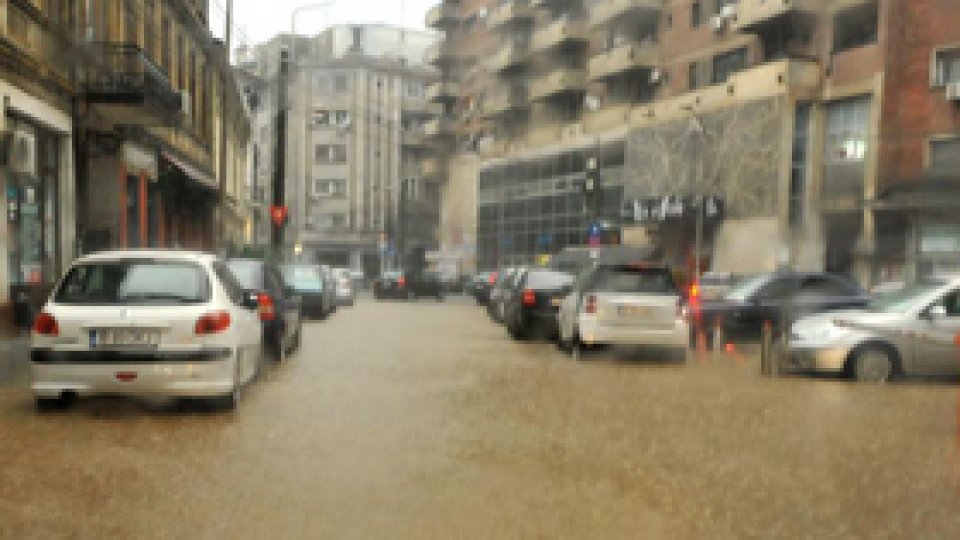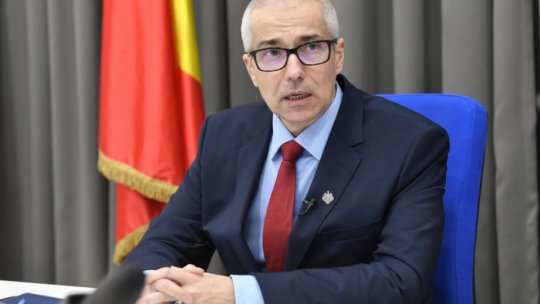A majority of Romanians, "in areas exposed to disasters"
For the territory of Romania, General Inspectorate for Emergency Situations has compiled a report that includes the main risks.

03 Octombrie 2012, 08:58
According to data presented recently by the General Inspectorate for emergency situations, a large part of Romanians live in conditions of the most risky.
In addition to seismic risk, which for more than 40 per cent of the population, there is danger of floods perms, landslides and forest fires or chemical accidents.
For the territory of Romania, General Inspectorate for Emergency Situations has compiled a report that includes the main risks.
According to ISU representative, colonel Ion Pleşu argues that in this report are primarily earthquakes.
"Here we have the area, Transylvania, Vrancea, Banat, Criş, Maramureş, Romania, which means an exposure of 75 per cent of the Romanian population and 45 per cent of the main vital networks of a population.
"Areas with high seismic activity include 40 densely populated cities. Obviously, among the largest, Bucharest, capital of Romania, then Ploieşti, Constanţa, Braşov, Galaţi, Brăila and others, "said Ion Pleşu.
The floods, a risk factor
Colonel argues that another risk factor is linked to flooding.
"They expose currently 1.3 million people and 8 million people could be affected by various types of risks, chemical, biological, nuclear explosions, fires, outstanding," said Ion Pleşu.
ISU representative Galati said that central local administration is responsible, to the case of one, two types of hazards.
"In case of an earthquake and in general any type of risk, intervention is provided gradually.
"If we are referring to a single city, the Mayor has at its disposal a voluntary service for emergency situations and is first called to solve this emergency situation.
"If that is exceeded, we will appeal to professional services for emergencies that occur within a county.
"Where is overcome also the County Inspectorate, it can help the General Inspectorate for Emergency Situations," said Ion Pleşu.
The State, a major role in prevention
State institutions have a major role in prevention, but according to the data available on the website of the Ministry of regional development in the programme of action regarding the design and execution of work of intervention for reducing seismic risk are included only ten buildings in Bucharest and one in the novel, Sfântu Gheorghe, Tulcea and Hârsova.
It also remains in debt population to ensure the best conditions for intervention.
Colonel Ion Pleşu believes that population would be prepared in terms of knowledge of the consequences, preventing panic, rapid evacuation, if possible interruption of gas supply, electricity supply, water supply, strict movement only on next to items bearing construction and resistant to anything.
Although risk map in Romania includes much of the population, and poverty and poor infrastructure are factors that hinder prevention you can access European funds to strengthen buildings and a population ready to react calmly is more likely to pass calmly over disasters.
Translated by
Denisse-Meda Bucura
MTTLC, Bucharest University









